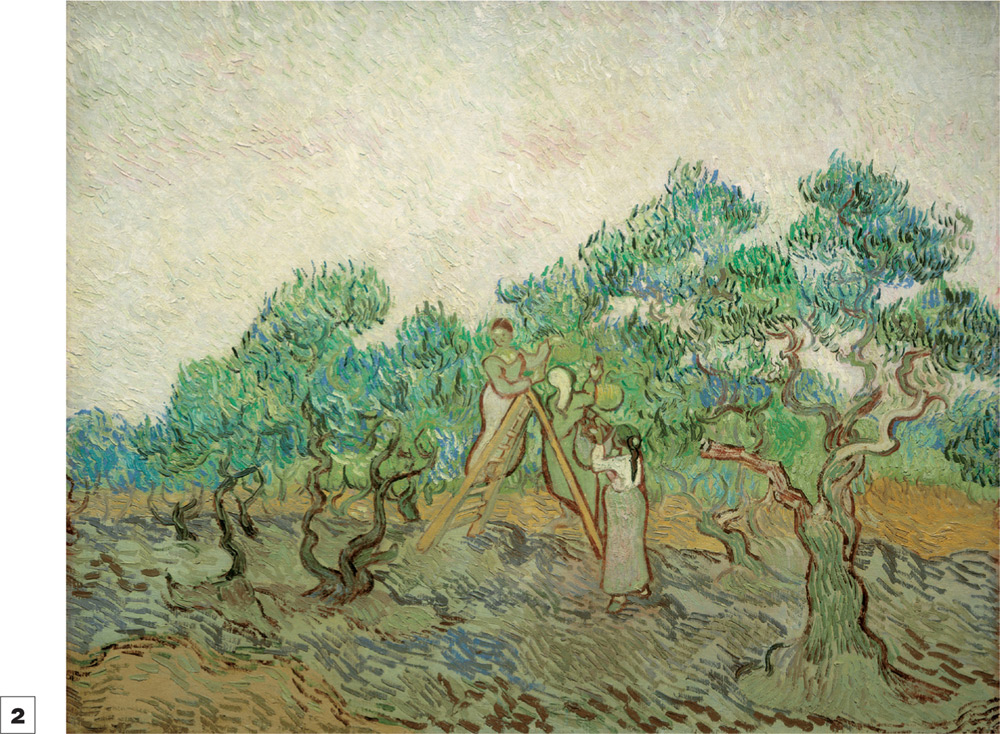 Frans Hals (1580–1666)
Frans Hals (1580–1666)Portrait of a Member of the Haarlem Civic Guard, c. 1636–38, Oil on canvas, 33 7/8 × 27 3/16 in (86 × 69 cm)
A PHYSICAL CONNECTION WITH THE ARTIST
Many artworks present traces of the physical touch of the artist in the form of brushstrokes, fingermarks, chisel marks, and so forth. The nature of the marks made by an artist establish a strong bond with the viewer and provide a conduit for expression. In looking at a painting, the viewer empathizes with the kind of stroke made and understands immediately whether it is firm, angry, tender, delicate, rough, strident, or forceful. Similarly, in certain kinds of sculpture, the touch of the artist is revealed as clay is pushed around or stone surfaces are carved and chiseled.
Usually the artist’s touch is a secondary feature of a work of art, something that is displayed while the artist goes about his or her business. In a painting by Rembrandt (1606–69), the artist is generally working to secure form by building tonal and color relationships. The display of his brush mark is to some extent a byproduct of the process of placing and layering paint. Similarly, in an Impressionist painting where small brush marks laden with color are being carefully amassed throughout the painting, the artist’s touch and feel will be left visible on the surface, an almost inevitable result of his or her endeavors. This allows the viewer to appreciate the minute physical movements involved in making the work and thereby to connect in a visceral way with the artist.
The communication of this fundamental, almost biological, information about the artist comes to the fore in much expressionist art, where the marks made often appear to carry a sense of the artist’s state of mind. Qualities of urgency, obsession, frenetic energy, and exquisite delicacy, for instance, can be readily conveyed by a sense of touch. Likewise, negative qualities such as heavy-handedness, clumsiness, thoughtlessness, and weakness can also be apprehended through touch.
See also: Brush Techniques on page 30
 Frans Hals (1580–1666)
Frans Hals (1580–1666)
Portrait of a Member of the Haarlem Civic Guard, c. 1636–38, Oil on canvas, 33 7/8 × 27 3/16 in (86 × 69 cm)
Hals’s warm and sure touch is revealed as he places successive layers of paint.
 Vincent van Gogh (1853–90)
Vincent van Gogh (1853–90)
The Olive Orchard (Detail), 1889, Oil on canvas, 28 3/4 × 36 1/4 in (73 × 92.1 cm)
The energetic, speedy, and intense quality of Van Gogh’s attack is matched by his heavy and luscious touch.
